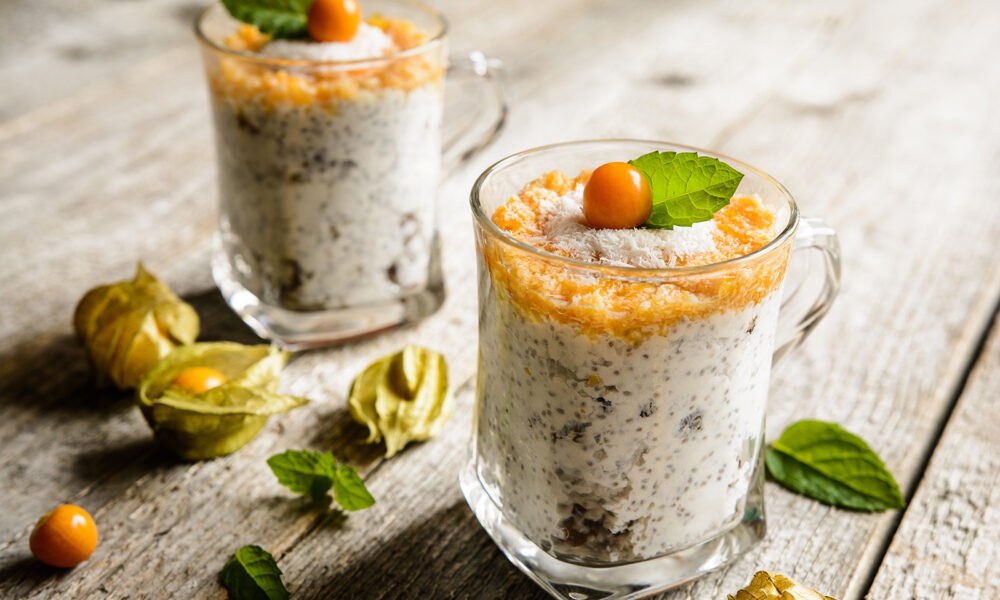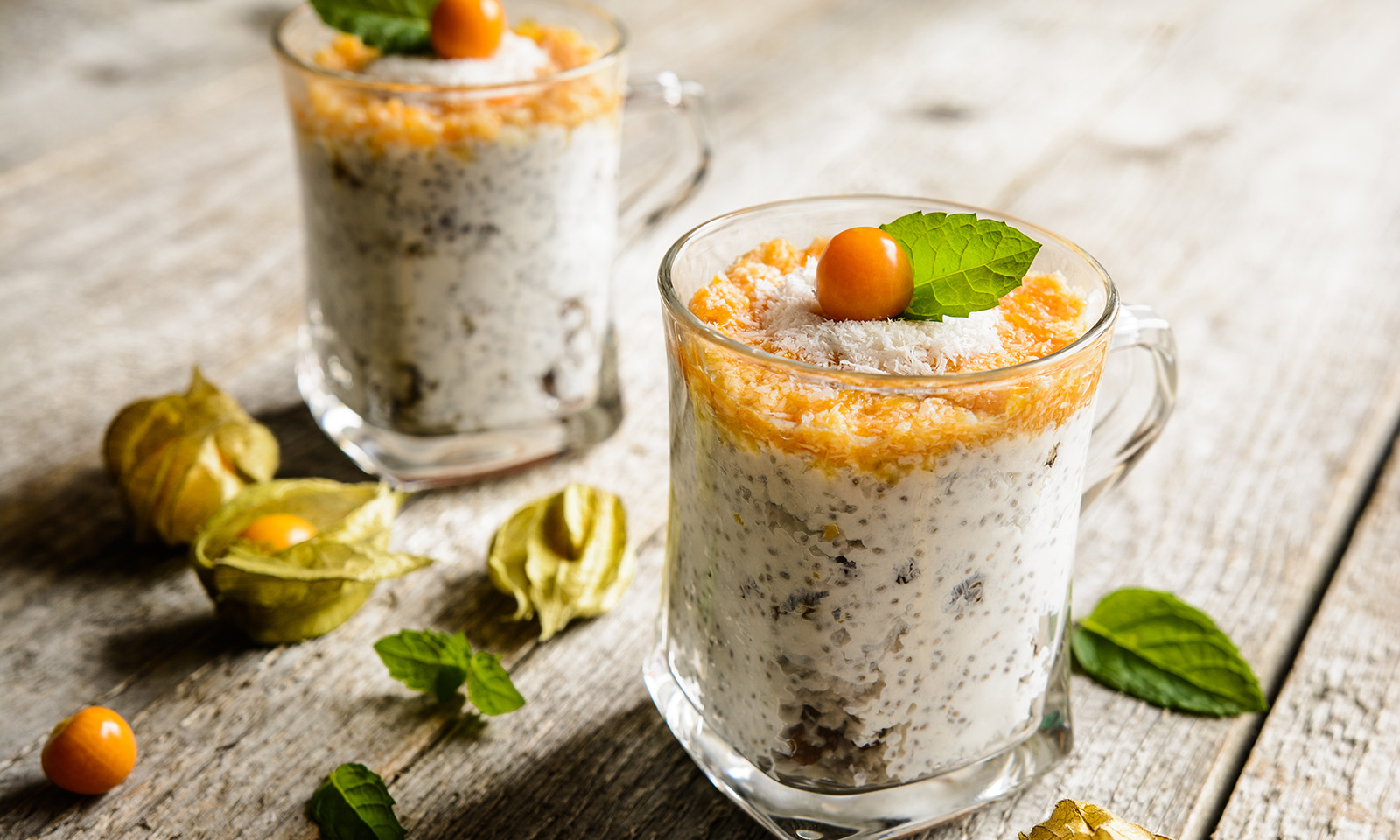

Today, several studies have shown the various health benefits of omega-3, especially for the heart and brain. As such, health experts recommend regularly eating the common sources of docosahexaenoic acid (DHA) and eicosapentaenoic acid (EPA), which are fatty fishes. But, what if you prefer vegetables? You can also get alpha-linolenic acid (ALA) in various plant-based products. Remember, your body can convert the fatty acid ALA into EPA and DHA. So, what are the best plant sources of omega-3?
1. Nuts
Today, a lot of health experts recommend eating a handful of nuts. This is not surprising because these healthful snacks can provide valuable substances such as antioxidants, proteins, fiber, and omega-3 fatty acids. Furthermore, these tasty plant-based products can also help reduce inflammation, boost your energy, and promote a healthy heart.
Among the various kinds of nuts, walnuts have the highest omega-3 contents. Other good sources of ALA are macadamia and almonds.
2. Seeds
Seeds may have a tiny structure, but they are among the best plant sources of omega-3 fatty acids. Take chia seeds for example. An ounce of this nutrient-dense food contains about 4,915 mg ALA. Aside from that, chia is also a good plant source of fiber, antioxidants, and high-quality proteins. The best part is that you can easily add this healthful product to your drinks and meals without affecting their flavors. You can even use the ground chia seeds as a substitute for eggs if you prefer a plant-based diet.
Other highly recommended seeds are pumpkin, hemp, and flaxseeds.
3. Natural Oils
Aside from nuts and seeds, you can also get omega-3 fatty acids in some natural oils. The most popular product is olive oil. But, you have to opt for the extra virgin variety to reap the numerous healing properties of this fatty yet healthful oil.
Aside from olive oil, you can also try algae oil, which is made from marine algae. Basically, this product is becoming popular as a vegan source of EPA and DHA. In fact, one study revealed that algal (algae) oil capsules are comparable to cooked salmon in terms of DHA contents. The good news is that this flavorless oil has a high smoke point. Thus, you can use the oil for sauteing your vegetables.
Other natural oils you can choose are rapeseed and mustard oil.
4. The Cabbage Family
Another popular food group on this list of the best plant sources of omega-3 are cruciferous vegetables. However, their fame is not due to their fatty acid contents. Basically, veggies under this category are rich in glucosinolates, substances known for their strong antioxidant and anti-cancer effects. Furthermore, aside from ALA, these crops are also excellent sources of iron and vitamin K.
The cruciferous vegetables with high amounts of omega 3 are cauliflower, broccoli, and brussels sprouts. Leafy greens such as kale, spinach, collard greens are also great choices.
5. Sea Vegetables
As mentioned, fatty fishes are the most popular sources of omega-3. However, fishes can’t produce EPA and DHA on their own. Instead, they obtain these valuable substances by eating sea vegetables. So, if you prefer plant-based products, you can also get these essential fatty acids by including seaweeds to your diet.
Spirulina is a popular product you can try. Aside from omega-3, this type of algae is also a good source of proteins, chlorophyll, iodine, and other minerals. To reap the health benefits of this nutritious food, you can simply add a teaspoon of powdered spirulina to your smoothie. If you’re not a big fan of its unique flavor and aroma, you can always mask it with other ingredients like cacao, vanilla, or bananas. In addition, you can also add powdered spirulina to your soup, salad, taco, and pesto recipes.
6. Beans
The last in this list of the best plant sources of omega-3 fatty acids are beans. Although the ALA contents of beans are inferior compared to nuts and seeds, these small crops can still help provide your required daily dose of essential fats. Plus, beans are nutrient-dense, low in calories, and excellent sources of high-quality proteins.
The bean variety with the highest omega-3 contents is mung beans. Other great choices are soybeans, kidney beans, and navy beans.
Sources:
























